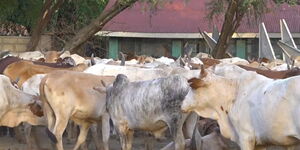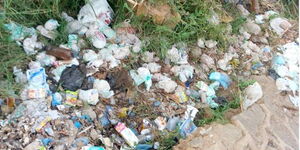The directive by India to stop the export of non-basmati white rice could further plunge Kenya into food shortage and see a surge in prices of the commodity.
According to Kenyan Bureau of Statistics (KNBS), Kenyan imports about 30 per cent of locally consumed rice from India, making it the second largest source of the grain.
In 2023 for example, Kenya was expected to import 255,000 metric tonnes of rice from India, and should Kenya not find a market to cover the deficit, prices of the commodity will likely skyrocket. India has attributed the ban to heavy rains that have hampered the crop production, causing local shortages.
“India’s move has sent the price of rice from several Asian countries higher on global markets, while traders said they expected prices to rise substantially in the coming days,” Guardian reported
Kenya's local production will not meet the demand of 1 million metric tonnes, leaving Kenyans to the global market forces.
“Kenya’s rice production is expected to be 130,000 tonnes in the marketing year beginning October 2023,” a market report by Agri Exchange indicated.
India's directive comes at a time when Russia has backtracked on an earlier agreement that allowed wheat from Ukraine to access the international market.
Wheat prices have increased in the global market, and are likely to hit Kenya hard, coming at a time that most households are struggling to put food on the table.
Already, bread and other wheat products have seen a sharp increase in prices, putting them beyond the reach of most ordinary Kenyans.
The price of maize, considered a Kenyan staple, has been unstable in recent years with millers struggling to get enough grain.
A spot-check at most retail stores shows that a packet of maize flour still retails at more than Ksh200.
Kenya will find it hard to find an alternative market to cover the deficit as India accounts for 40 per cent of global shipments of rice.
Kenya will now have to heavily rely on Tanzanian or Pakistan to meet its rice needs if the government is keen on keeping the prices of food commodities down.
Trade between the two East African Countries has been hit with challenges as Tanzania continues to impose hurdles on exports coming to Kenya.
In June 2023, Tanzania pulled a similar move as India by banning export of maize to Kenya describing it as a move to ensure food security.
East Africa Community (EAC) Cabinet Secretary Rebecca Miano on Thursday, June 29, revealed that to circumnavigate that, the community was exploring implementing common customs and tariffs.
With the deal yet to be signed, Kenyans are facing increasingly high basic commodities at a time when the nation is facing a high cost of living.












